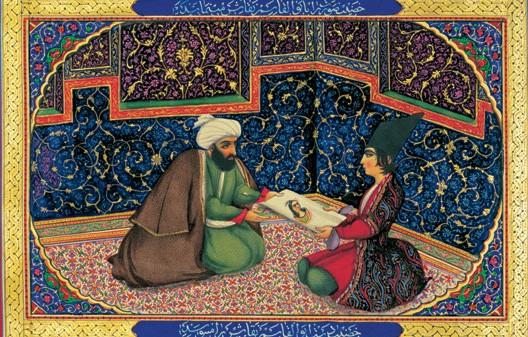Storytelling as art can speak to humans in a way that numbers, presentations, slides, or data cannot. It is capable of influencing one’s beliefs, thoughts, and values. Through Shahrazads’s effective storytelling techniques, she changes the king’s mind, calms him, and manages to save her and many other women’s lives. Her stories show that effective storytelling is capable of creating a sense of connection and building familiarity and trust. With time, the listener also enters the story and develops different feelings for the characters, which leaves them more open to learning. Not even the cries of his people would change the king’s mind and heart about killing the women, but Shahrazad’s stories did. It shows that even the most cold-hearted people can be persuaded to change their minds through storytelling.

Shahrazad is an intelligent young lady who understands the impact of storytelling when done right and applies all the critical elements for her to be successful. She uses a frame story which enables her to present a set of different stories to the king for many nights. She carefully holds back the outcome of each of her stories to guarantee her living for yet another day. Though indirectly, she begged for her life by repeatedly telling stories whose moral lessons revolved around showing well for good and bad for bad. For instance, she repeated, “spare me, and God will spare you; destroy me, and God will destroy you” (Burton 55). These storytelling tactics effectively persuade the king to let her live as he says, “By God, I shall postpone her execution for tonight and more many nights, even for two months” (Burton 75). He eventually falls in love with her and even remarries her to show his love for her.
Work Cited
Sani ol Molk. Scheherazade and the Sultan. 1849–1856
Burton, Richard. One Thousand and One Nights. Delphi Classics, 2015.